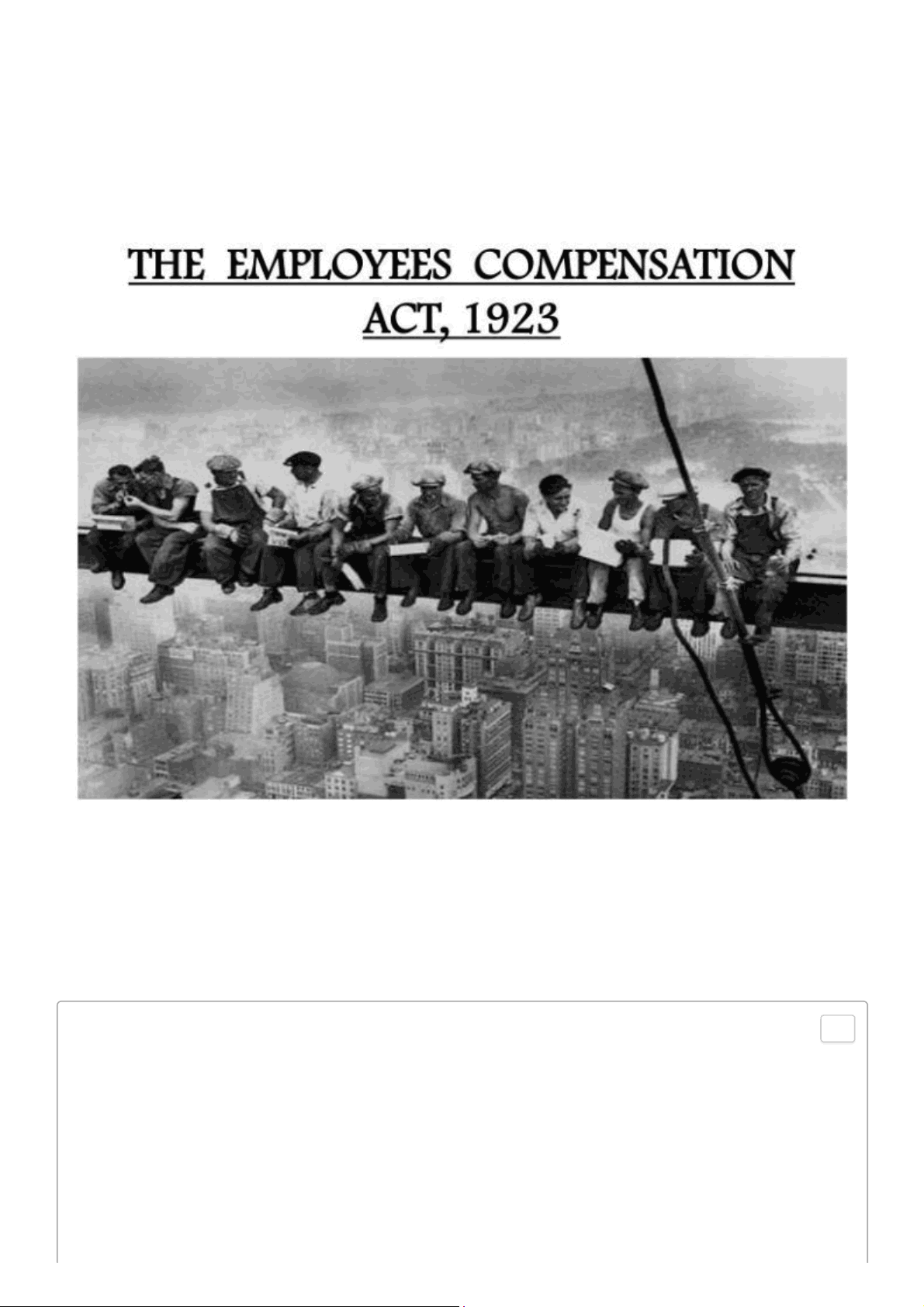
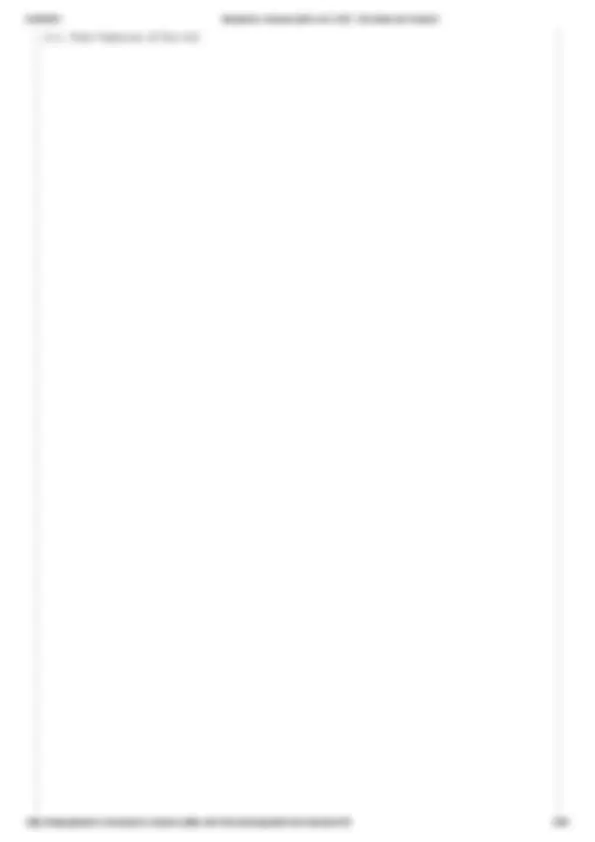
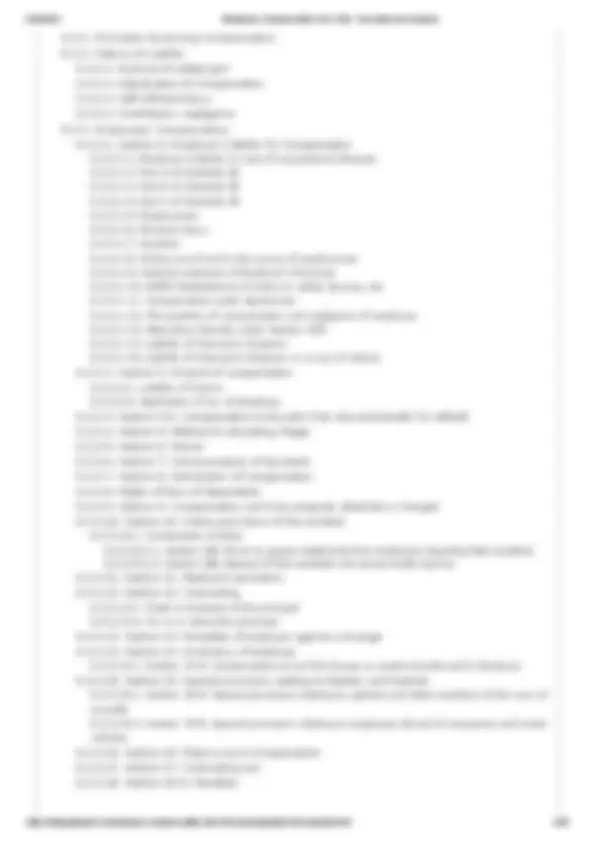
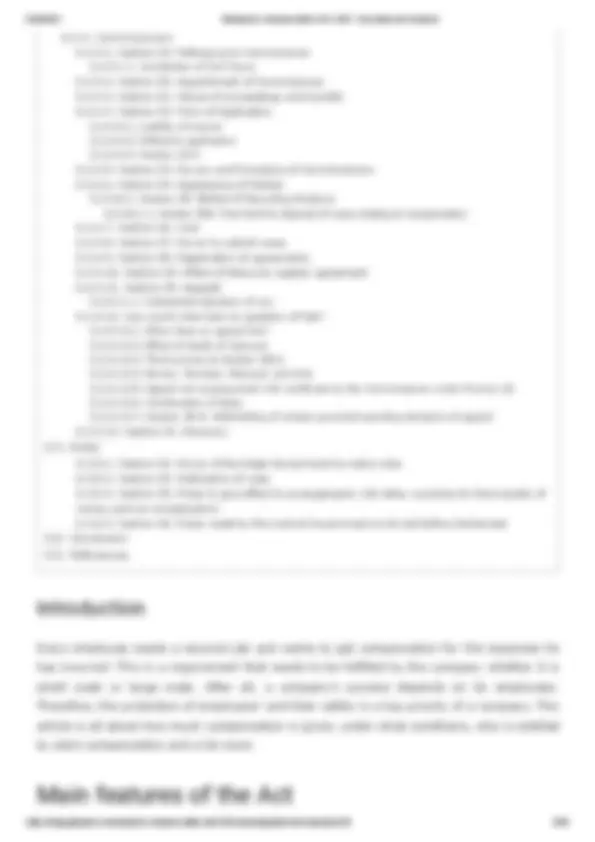
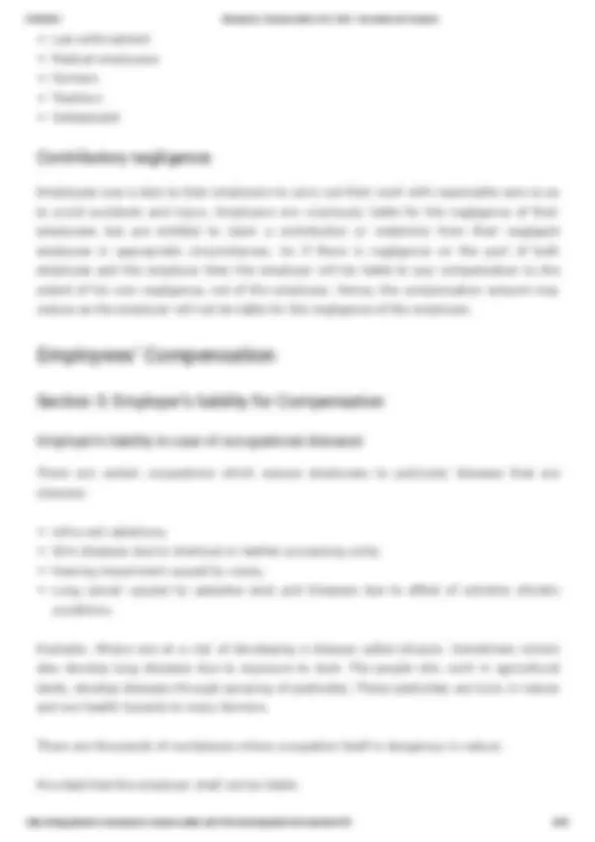
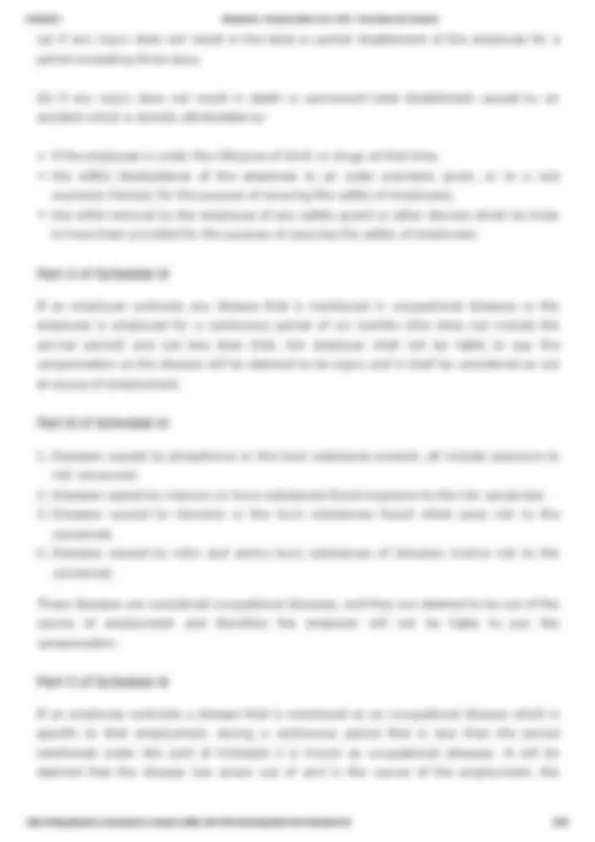
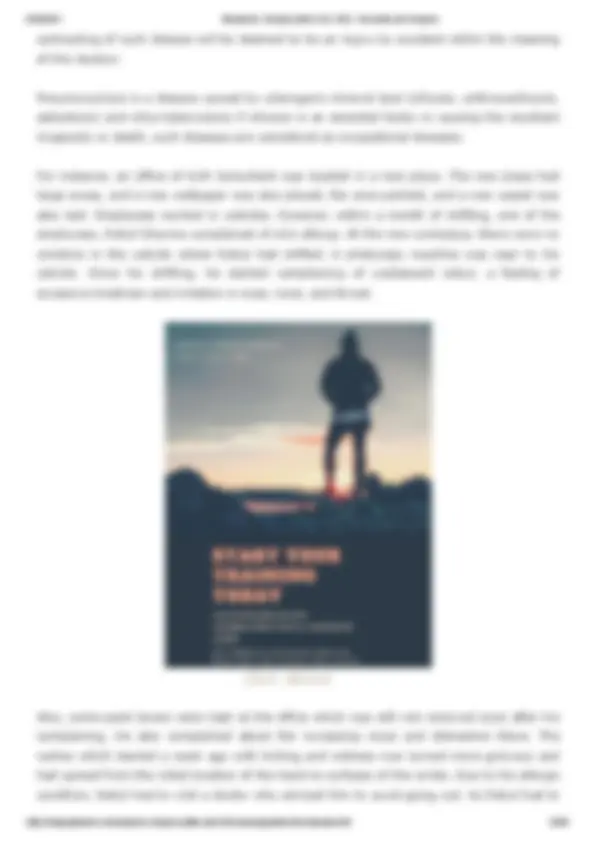
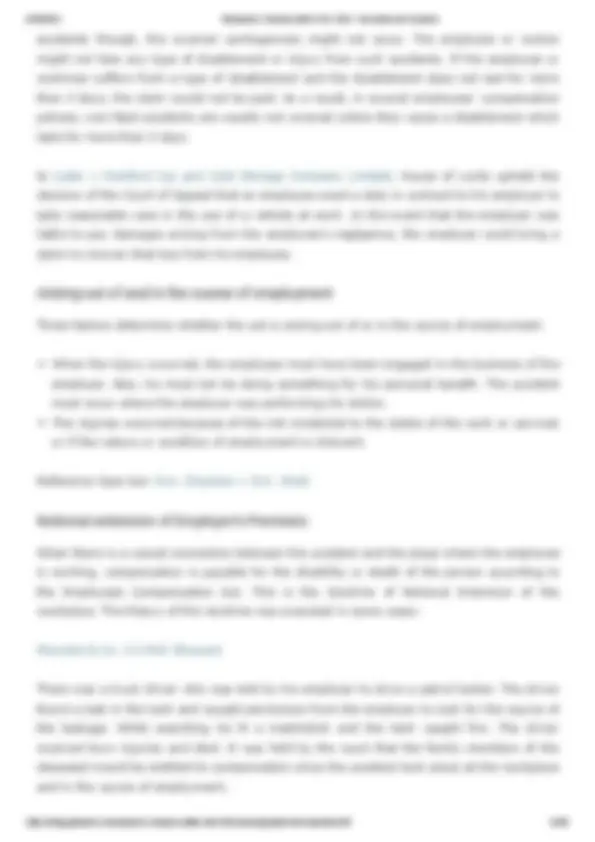
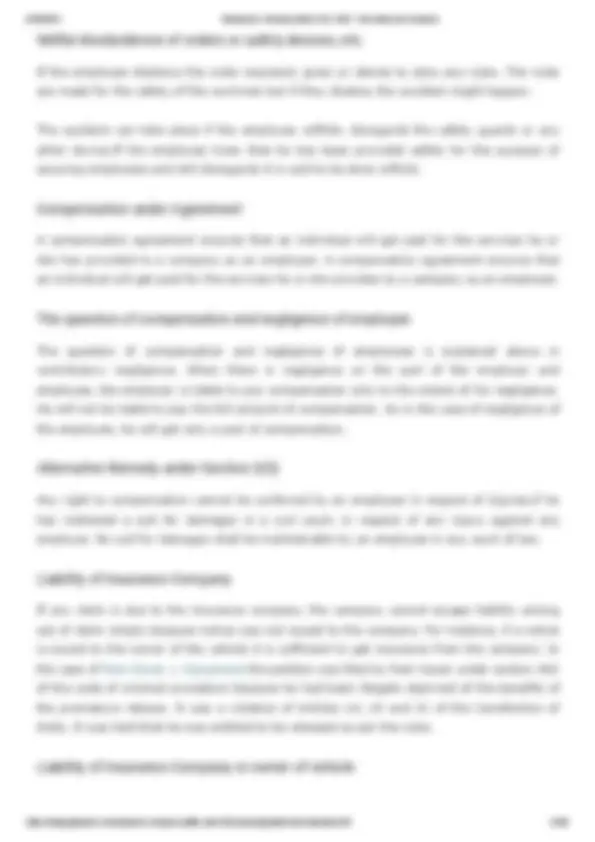
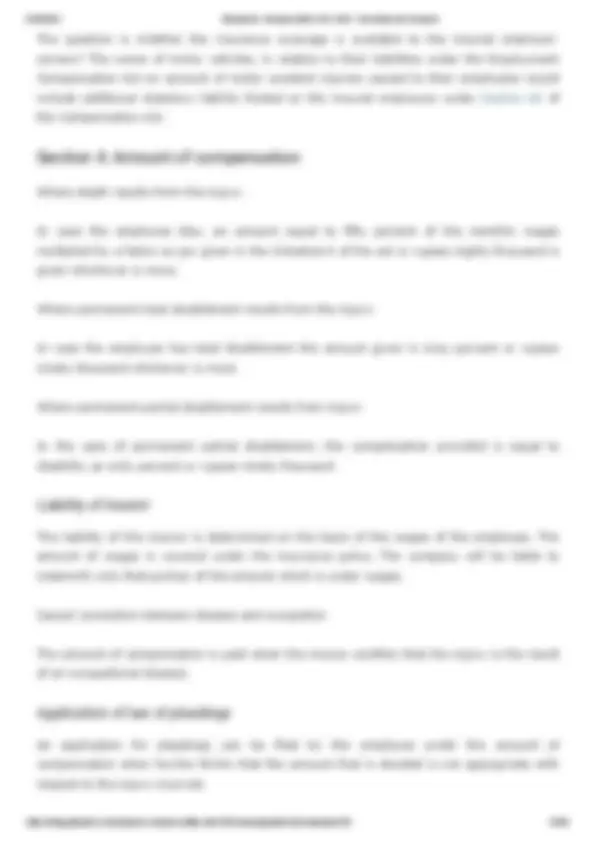
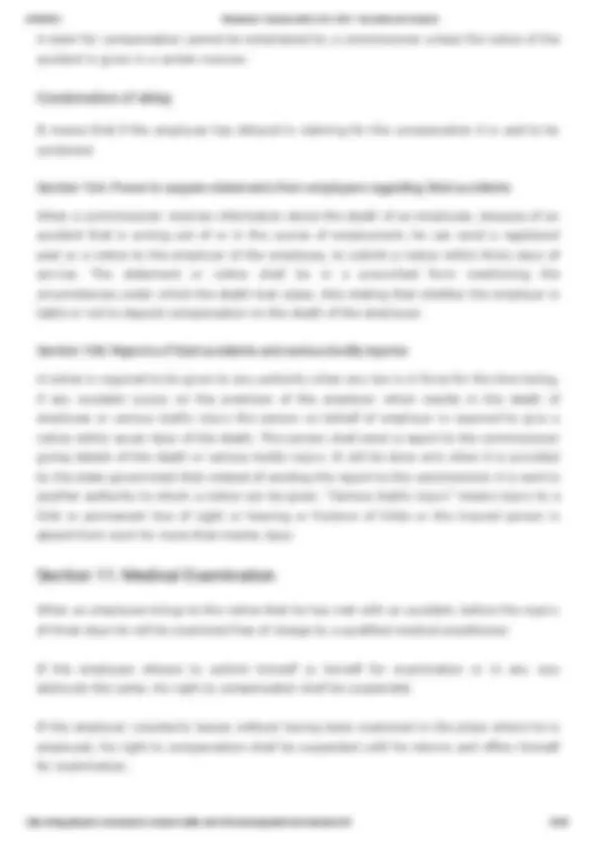
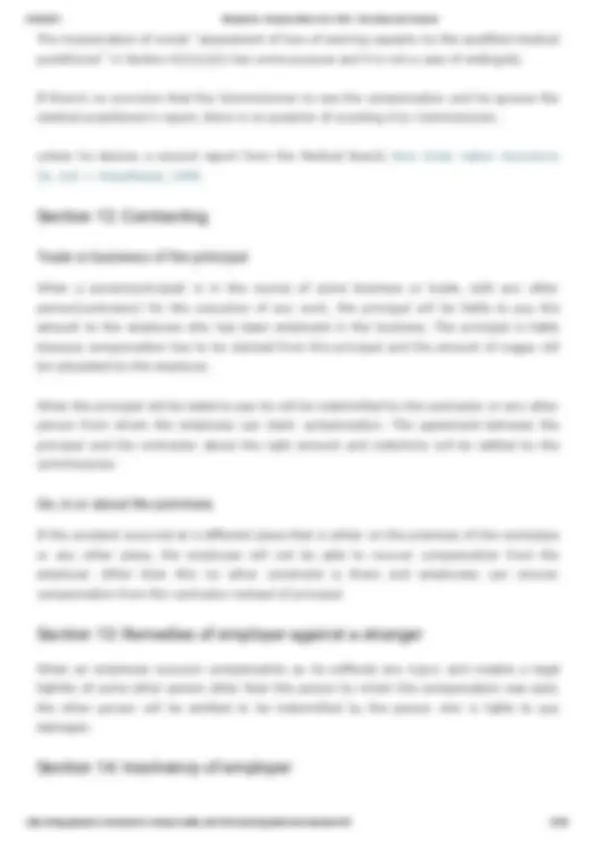
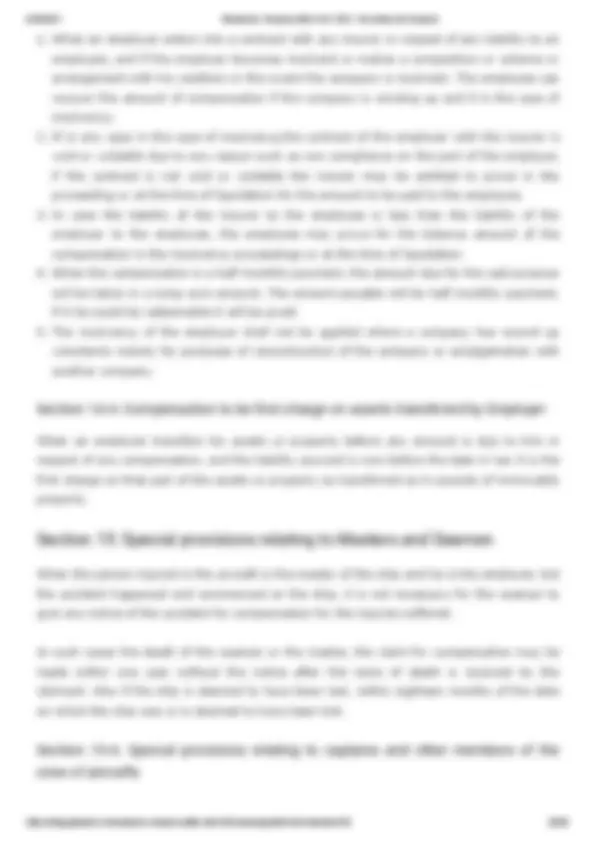
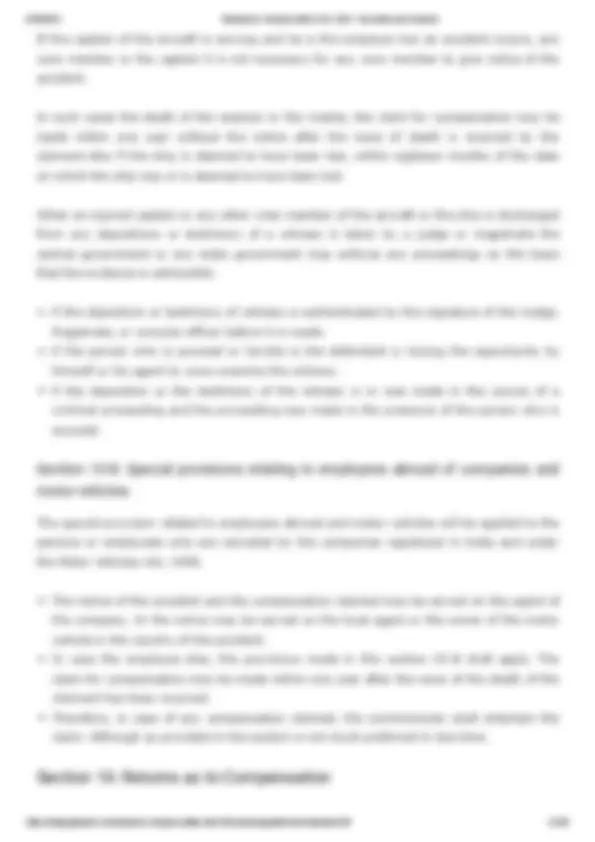
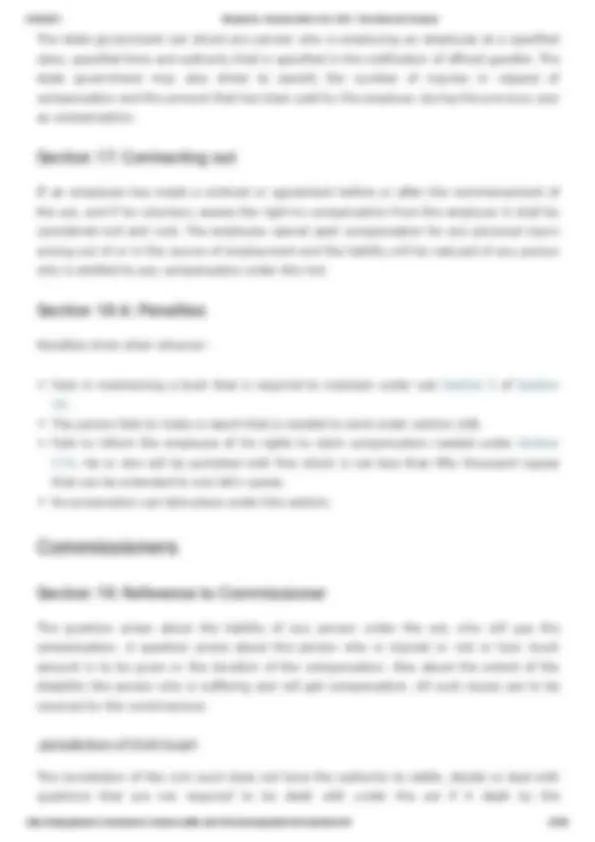
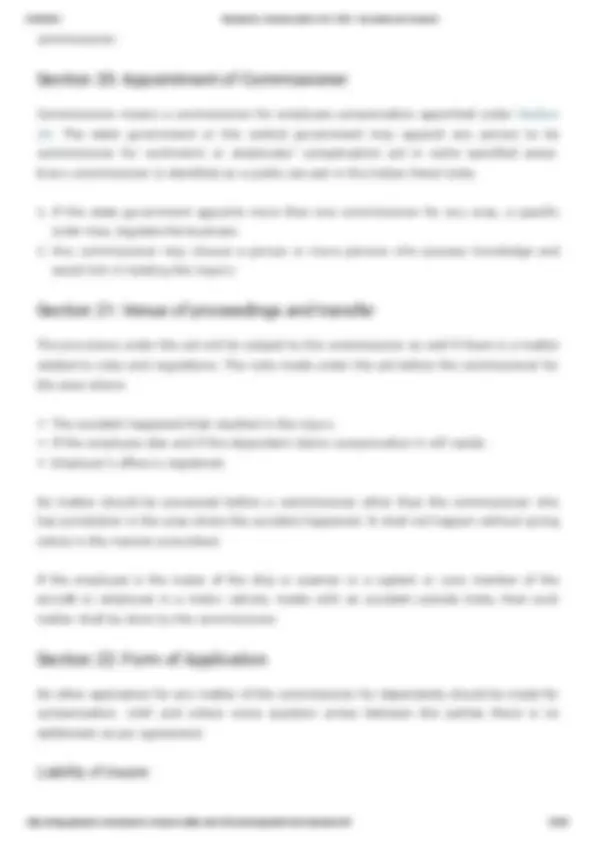
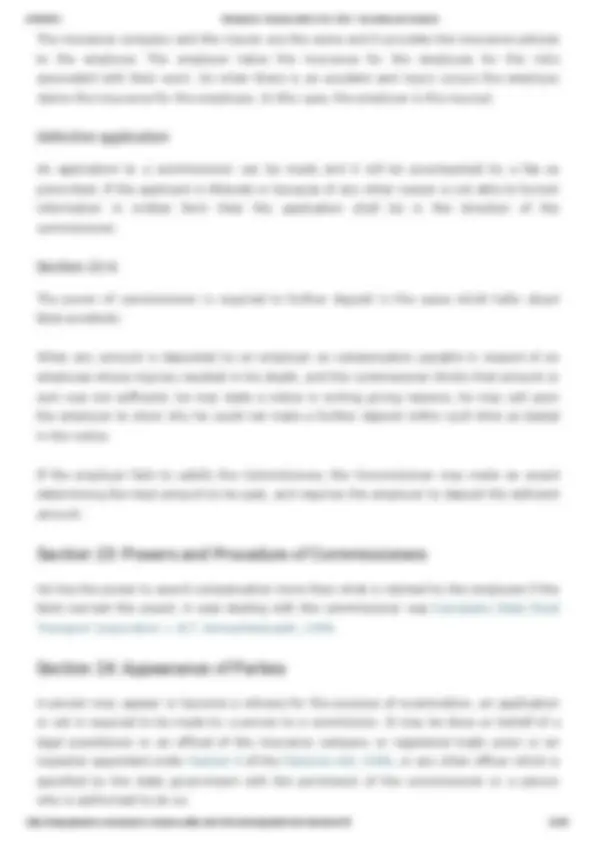
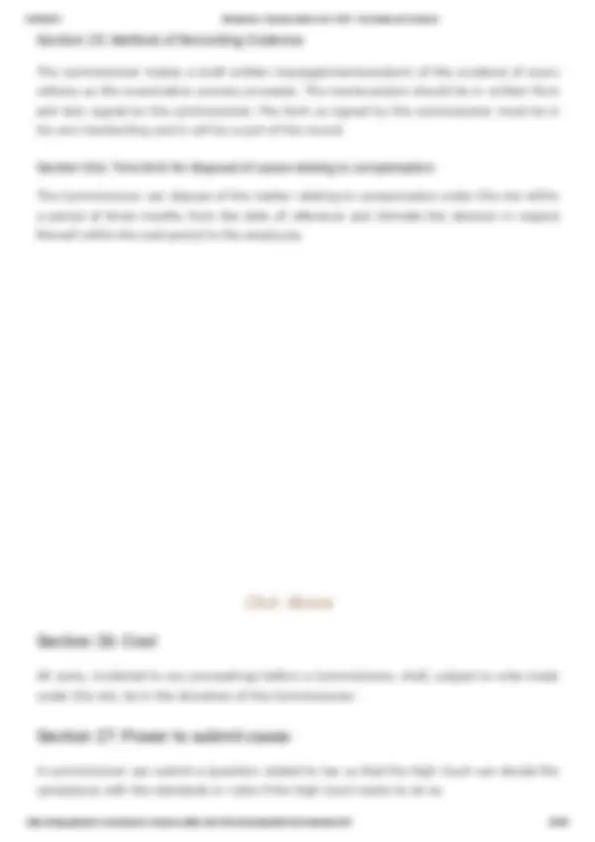
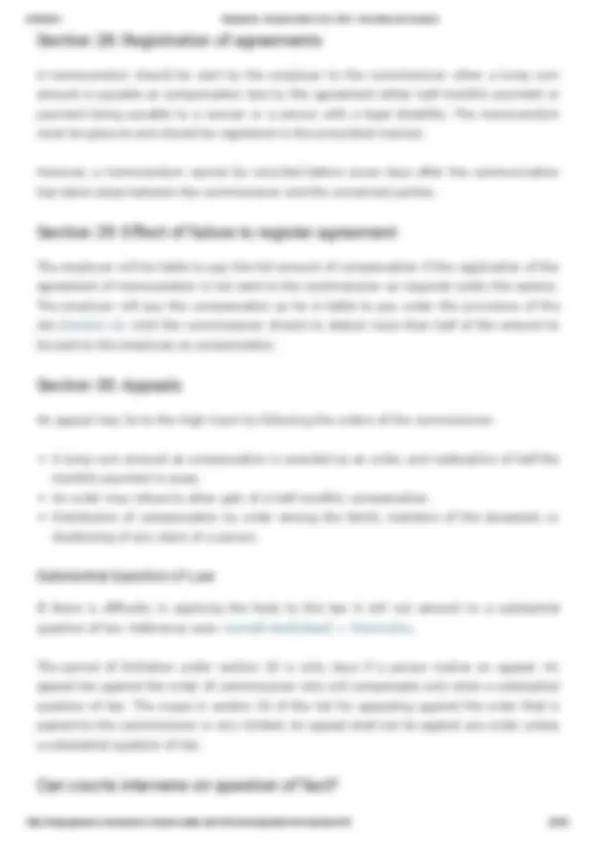
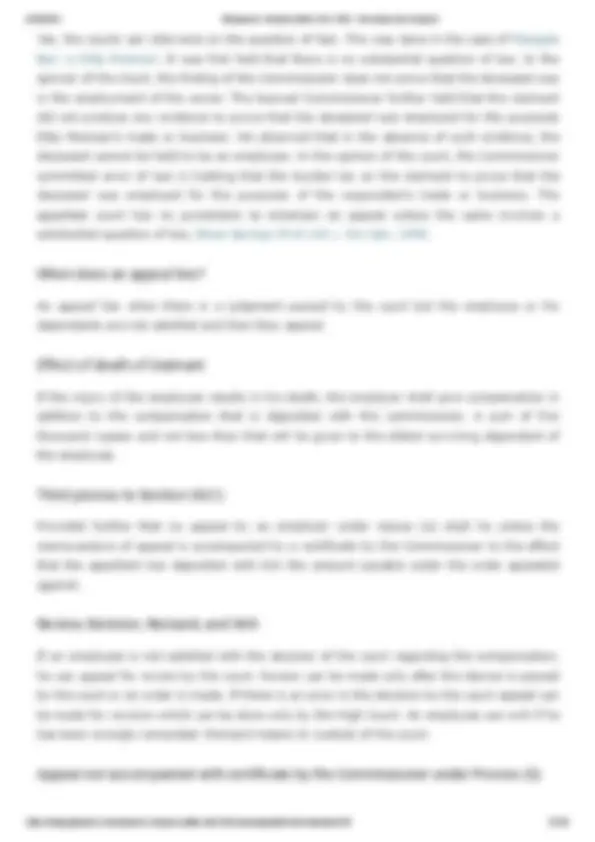
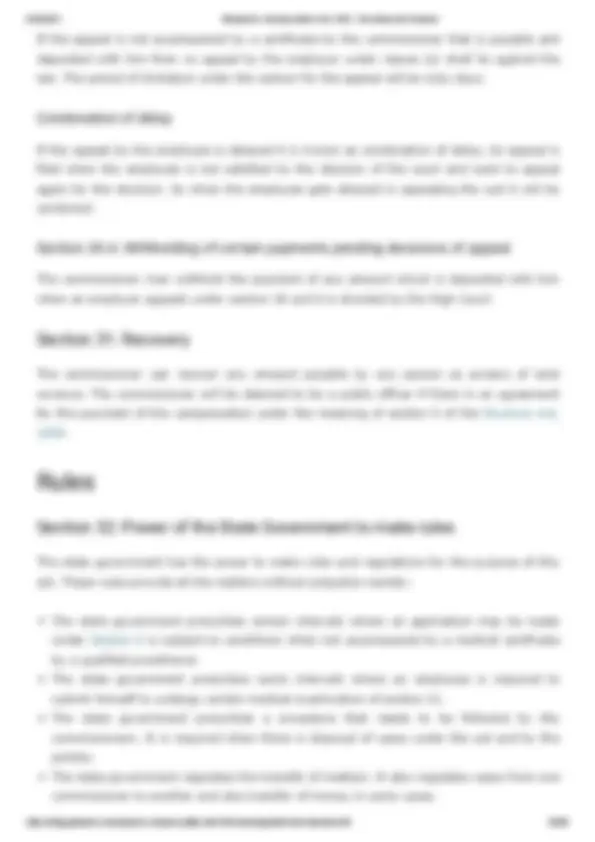
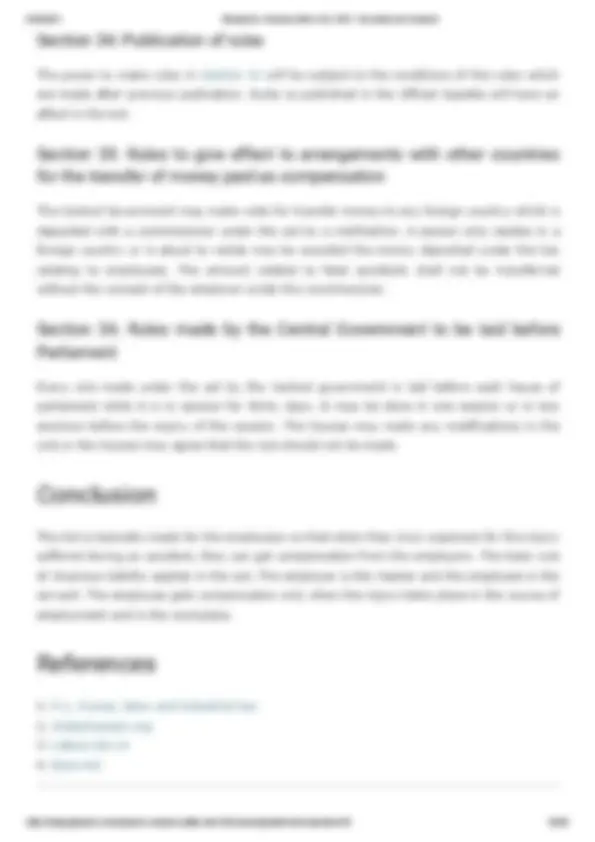
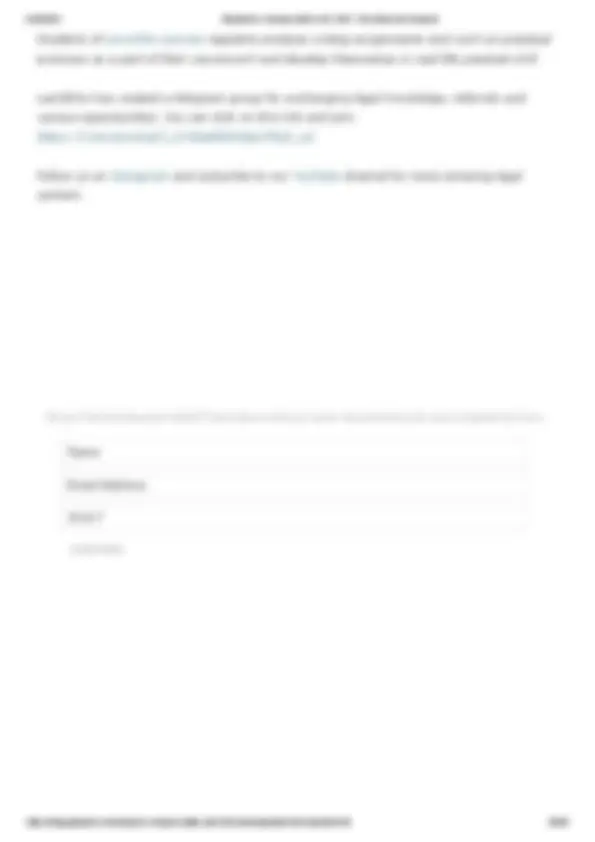


Study with the several resources on Docsity

Earn points by helping other students or get them with a premium plan


Prepare for your exams
Study with the several resources on Docsity

Earn points to download
Earn points by helping other students or get them with a premium plan
Community
Ask the community for help and clear up your study doubts
Discover the best universities in your country according to Docsity users
Free resources
Download our free guides on studying techniques, anxiety management strategies, and thesis advice from Docsity tutors
Ppt on Employees Compensation Act, 1923
Typology: Slides
1 / 30

This page cannot be seen from the preview
Don't miss anything!























Post Views: 27493
By Diva Rai - November 21, 2019 _This article is written by Madhuri Pilania, a first-year student pursuing BBA.LLB from Symbiosis Law School, Noida. This article deals with the Employees Compensation Act,
Image source - https://bit.ly/37rezVj_
0.1. Introduction
0.2.1. Principles Governing Compensation 0.2.2. Nature of Liability 0.2.2.1. Doctrine of added peril 0.2.2.2. Adjudication of Compensation 0.2.2.3. Self-inflicted Injury 0.2.2.4. Contributory negligence 0.2.3. Employees’ Compensation 0.2.3.1. Section 3: Employer’s liability for Compensation 0.2.3.1.1. Employer’s liability in case of occupational diseases 0.2.3.1.2. Part A of Schedule III 0.2.3.1.3. Part B of Schedule III 0.2.3.1.4. Part C of Schedule III 0.2.3.1.5. Employment 0.2.3.1.6. Personal injury 0.2.3.1.7. Accident 0.2.3.1.8. Arising out of and in the course of employment 0.2.3.1.9. Notional extension of Employer’s Premises 0.2.3.1.10. Willful disobedience of orders or safety devices, etc. 0.2.3.1.11. Compensation under Agreement 0.2.3.1.12. The question of compensation and negligence of employee 0.2.3.1.13. Alternative Remedy under Section 3(5) 0.2.3.1.14. Liability of Insurance Company 0.2.3.1.15. Liability of Insurance Company or owner of vehicle 0.2.3.2. Section 4: Amount of compensation 0.2.3.2.1. Liability of Insurer 0.2.3.2.2. Application of law of pleadings 0.2.3.3. Section 4-A: Compensation to be paid when due and penalty for default 0.2.3.4. Section 5: Method of calculating Wages 0.2.3.5. Section 6: Review 0.2.3.6. Section 7: Communication of Payments 0.2.3.7. Section 8: Distribution of Compensation 0.2.3.8. Rights of heirs of dependents 0.2.3.9. Section 9: Compensation not to be assigned, attached or charged 0.2.3.10. Section 10: Notice and claims of the accident 0.2.3.10.1. Condonation of delay 0.2.3.10.1.1. Section 10A: Power to acquire statements from employers regarding fatal accidents 0.2.3.10.1.2. Section 10B: Reports of fatal accidents and serious bodily injuries 0.2.3.11. Section 11: Medical Examination 0.2.3.12. Section 12: Contracting 0.2.3.12.1. Trade or business of the principal 0.2.3.12.2. On, in or about the premises 0.2.3.13. Section 13: Remedies of employer against a stranger 0.2.3.14. Section 14: Insolvency of employer 0.2.3.14.1. Section 14-A: Compensation to be first charge on assets transferred by Employer 0.2.3.15. Section 15: Special provisions relating to Masters and Seamen 0.2.3.15.1. Section 15-A: Special provisions relating to captains and other members of the crew of aircrafts 0.2.3.15.2. Section 15-B: Special provisions relating to employees abroad of companies and motor vehicles 0.2.3.16. Section 16: Returns as to Compensation 0.2.3.17. Section 17: Contracting out 0.2.3.18. Section 18-A: Penalties
Every employee needs a secured job and wants to get compensation for the expenses he has incurred. This is a requirement that needs to be fulfilled by the company whether it is small scale or large scale. After all, a company’s success depends on its employees. Therefore, the protection of employees’ and their safety is a top priority of a company. This article is all about how much compensation is given, under what conditions, who is entitled to claim compensation and a lot more.
0.2.4. Commissioners 0.2.4.1. Section 19: Reference to Commissioner 0.2.4.1.1. Jurisdiction of Civil Court 0.2.4.2. Section 20: Appointment of Commissioner 0.2.4.3. Section 21: Venue of proceedings and transfer 0.2.4.4. Section 22: Form of Application 0.2.4.4.1. Liability of insurer 0.2.4.4.2. Defective application 0.2.4.4.3. Section 22-A 0.2.4.5. Section 23: Powers and Procedure of Commissioners 0.2.4.6. Section 24: Appearance of Parties 0.2.4.6.1. Section 25: Method of Recording Evidence 0.2.4.6.1.1. Section 25A: Time limit for disposal of cases relating to compensation 0.2.4.7. Section 26: Cost 0.2.4.8. Section 27: Power to submit cases 0.2.4.9. Section 28: Registration of agreements 0.2.4.10. Section 29: Effect of failure to register agreement 0.2.4.11. Section 30: Appeals 0.2.4.11.1. Substantial Question of Law 0.2.4.12. Can courts intervene on question of fact? 0.2.4.12.1. When does an appeal lies? 0.2.4.12.2. Effect of death of claimant 0.2.4.12.3. Third proviso to Section 30(1) 0.2.4.12.4. Review, Revision, Remand, and Writ 0.2.4.12.5. Appeal not accompanied with certificate by the Commissioner under Proviso (3) 0.2.4.12.6. Condonation of delay 0.2.4.12.7. Section 30-A: Withholding of certain payments pending decisions of appeal 0.2.4.13. Section 31: Recovery 0.3. Rules 0.3.0.1. Section 32: Power of the State Government to make rules 0.3.0.2. Section 34: Publication of rules 0.3.0.3. Section 35: Rules to give effect to arrangements with other countries for the transfer of money paid as compensation 0.3.0.4. Section 36: Rules made by the Central Government to be laid before Parliament 0.4. Conclusion 0.5. References
get something in return. When the principle of vicarious liability is applied, the employer is liable to pay compensation irrespective of his/her negligence. Employer anticipates it as damages payable to the employees but it is actually a relief for them. An Employer becomes liable when employees have sustained injuries by any accident or unavoidable situations during the course of employment. The question arises: Will an employee who is a part-time worker would still be entitled to the benefits of the Act? Yes, the employer will still get the benefits of the Act. Who may get the compensation? To what extent the employers are liable? To be eligible for the Employees’ Compensation Act’s benefits there are some requirements which need to be fulfilled:
Law enforcement Medical employees Farmers Teachers Salespeople Contributory negligence Employees owe a duty to their employers to carry out their work with reasonable care so as to avoid accidents and injury. Employers are vicariously liable for the negligence of their employees but are entitled to claim a contribution or indemnity from their negligent employee in appropriate circumstances. So if there is negligence on the part of both employee and the employer then the employer will be liable to pay compensation to the extent of his own negligence, not of the employee. Hence, the compensation amount may reduce as the employer will not be liable for the negligence of the employee. Employees’ Compensation Section 3: Employer’s liability for Compensation
There are certain occupations which expose employees to particular diseases that are inherent- Infra-red radiations; Skin diseases due to chemical or leather processing units; Hearing impairment caused by noise; Lung cancer caused by asbestos dust and Diseases due to effect of extreme climatic conditions. Example- Miners are at a risk of developing a disease called silicosis. Sometimes miners also develop lung diseases due to exposure to dust. The people who work in agricultural lands, develop diseases through spraying of pesticides. These pesticides are toxic in nature and are health hazards to many farmers. There are thousands of workplaces where occupation itself is dangerous in nature. Provided that the employer shall not be liable:
contracting of such disease will be deemed to be an injury by accident within the meaning of this Section: Pneumoconiosis is a disease caused by sclerogenic mineral dust (silicosis, anthracosilicosis, asbestosis) and silico-tuberculosis if silicosis is an essential factor in causing the resultant incapacity or death, such diseases are considered as occupational diseases. For instance, an office of KLM Consultant was located in a new place. The new place had large areas, and a new wallpaper was also placed, the area painted, and a new carpet was also laid. Employees worked in cubicles. However, within a month of shifting, one of the employees, Rahul Sharma complained of skin allergy. At the new workplace, there were no windows in the cubicle where Rahul had shifted. A photocopy machine was near to his cubicle. Since his shifting, he started complaining of unpleasant odors, a feeling of excessive tiredness and irritation in eyes, nose, and throat. Click Above Also, some paint boxes were kept at the office which was still not removed even after his complaining. He also complained about the increasing noise and distraction there. The rashes which started a week ago with itching and redness now turned more grievous and had spread from the initial location of the hand to surfaces of the wrists. Due to his allergic condition, Rahul had to visit a doctor who advised him to avoid going out. As Rahul had to
incur expenses on visiting the doctor and medicines, he approached his employer for compensation. The company had bought a workplace compensation insurance policy from the insurance company. The Company KLM Consultant considered it as an occupational disease and approached the employee’s compensation insurance company to recover its legal liability and hence pay the compensation to Rahul. After checking all the documents submitted by Rahul, the insurer considered it as an occupational disease and agreed to settle the claim. The insurer covered medical expenses incurred by Rahul on his treatment. Section 3(3) The Central Government or the State Government gives a notification in the Official Gazette which species the diseases which will be deemed to be occupational diseases under the provisions of sub-section(2) and in the case of notification by the state government, these diseases are declared by the Act. Section 3(4) No compensation will be payable to an employee unless the disease is directly attributable to a specific injury that arises out of or in the course of employment.
Underemployment, an employee is one who works under the employer and has to work as per the terms of the company or the employer.
A personal injury can be compensated only in some circumstances. Injury sustained by the employee must be a physical injury. Example- If a person is discriminated on the basis of:
accidents though, the covered contingencies might not occur. The employee or worker might not face any type of disablement or injury from such accidents. If the employee or workman suffers from a type of disablement and the disablement does not last for more than 3 days, the claim would not be paid. As a result, in several employees’ compensation policies, non-fatal accidents are usually not covered unless they cause a disablement which lasts for more than 3 days. In Lister v Romford Ice and Cold Storage Company Limited, House of Lords upheld the decision of the Court of Appeal that an employee owed a duty in contract to his employer to take reasonable care in the use of a vehicle at work. In the event that the employer was liable to pay damages arising from the employee’s negligence, the employer could bring a claim to recover that loss from his employee.
Three factors determine whether the act is arising out of or in the course of employment: When the injury occurred, the employee must have been engaged in the business of the employer. Also, he must not be doing something for his personal benefit. The accident must occur where the employer was performing his duties. The injuries occurred because of the risk incidental to the duties of the work or services or if the nature or condition of employment is inherent. Reference Case law: N.A. Chauhan v. N.K. Shah
When there is a causal connection between the accident and the place where the employee is working, compensation is payable for the disability or death of the person according to the Employees Compensation Act. This is the Doctrine of Notional Extension of the workplace. The theory of this doctrine was executed in some cases: Moondra & Co. V/s Mst. Bhawani There was a truck driver who was told by his employer to drive a petrol tanker. The driver found a leak in the tank and sought permission from the employer to look for the source of the leakage. While searching he lit a matchstick and the tank caught fire. The driver received burn injuries and died. It was held by the court that the family members of the deceased would be entitled to compensation since the accident took place at the workplace and in the course of employment.
If the employee disobeys the order expressly given or denies to obey any rules. The rules are made for the safety of the workmen but if they disobey the accident might happen. The accident can take place if the employee willfully disregards the safety guards or any other device.If the employee knew that he has been provided safety for the purpose of securing employees and still disregards it is said to be done wilfully.
A compensation agreement ensures that an individual will get paid for the services he or she has provided to a company as an employee. A compensation agreement ensures that an individual will get paid for the services he or she provides to a company as an employee.
The question of compensation and negligence of employees is explained above in contributory negligence. When there is negligence on the part of the employer and employee, the employer is liable to pay compensation only to the extent of his negligence. He will not be liable to pay the full amount of compensation. So in the case of negligence of the employee, he will get only a part of compensation.
Any right to compensation cannot be conferred by an employee in respect of injuries,if he has instituted a suit for damages in a civil court, in respect of any injury against any employer. No suit for damages shall be maintainable by an employee in any court of law.
If any claim is due to the insurance company, the company cannot escape liability arising out of claim simply because notice was not issued to the company. For instance, if a notice is issued to the owner of the vehicle it is sufficient to get insurance from the company. In the case of Ram Karan v. Vijayanand the petition was filed by Ram Karan under section 482 of the code of criminal procedure because he had been illegally deprived of the benefits of the premature release. It was a violation of Articles 14, 19 and 21 of the Constitution of India. It was held that he was entitled to be released as per the rules.
Section 4-A: Compensation to be paid when due and penalty for default When the employer does not accept liability for compensation to the extent claimed, he shall be bound to make a payment may be provisional and such payment shall be deposited to the employee or the commissioner. The commissioner can direct the employer to pay interest in addition to the amount at the rate of twelve percent per annum. The rate of interest can also increase which may be specified by the Central Government. Section 5: Method of calculating Wages The basis for the calculation of compensation is the monthly wage system. It means the amount of wages deemed to be payable for a month. A case dealing with the method of calculating wages was Zubeda Bano v. Maharashtra Road Transport Corporation, 1990. Batta does not amount to wages for computing compensation. It is paid to workman per day to cover special expenses incurred by him due to the nature of his work. Another case was New ‘India Assurance Co. Ltd., Hyderabad v. Kotam Appa Rao, 1995. When the employer has been giving service to the employer during a continuous period of not less than twelve months preceding the accident, and when the employer is liable to pay compensation, the employee will be liable one-twelfth of the total wages. The employer is required to pay the compensation which is due for payment to employees in the last twelve months of that period. Section 6: Review
and the payment continues for not less than six months then on the application of either party, the Commissioner will redeem the payment of a lump sum amount which was agreed by the parties. Section 8: Distribution of Compensation Rights of heirs of dependents
The incorporation of words “assessment of loss of earning capacity by the qualified medical practitioner” in Section 4(1)(c)(ii) has some purpose and it is not a case of ambiguity. If there’s no provision that the Commissioner to see the compensation and he ignores the medical practitioner’s report, there is no question of avoiding it by Commissioner. unless he desires a second report from the Medical Board; New Asian nation Assurance Co. Ltd. v. Sreedharan, 1995. Section 12: Contracting
When a person(principal) is in the course of some business or trade, with any other person(contractor) for the execution of any work, the principal will be liable to pay the amount to the employee who has been employed in the business. The principal is liable because compensation has to be claimed from the principal and the amount of wages will be calculated by the employer. When the principal will be liable to pay he will be indemnified by the contractor or any other person from whom the employee can claim compensation. The agreement between the principal and the contractor about the right amount and indemnity will be settled by the commissioner.
If the accident occurred at a different place that is either on the premises of the workplace or any other place, the employee will not be able to recover compensation from the employer. Other than this no other constraint is there and employees can recover compensation from the contractor instead of principal. Section 13: Remedies of employer against a stranger When an employee recovers compensation as he suffered any injury and creates a legal liability of some other person other than the person by whom the compensation was paid, the other person will be entitled to be indemnified by the person who is liable to pay damages. Section 14: Insolvency of employer
When an employer transfers his assets or property before any amount is due to him in respect of any compensation, and the liability accrued is now before the date in law it is the first charge on that part of the assets or property so transferred as it consists of immovable property. Section 15: Special provisions relating to Masters and Seamen When the person injured in the aircraft is the master of the ship and he is the employer, but the accident happened and commenced on the ship, it is not necessary for the seaman to give any notice of the accident for compensation for the injuries suffered. In such cases the death of the seaman or the master, the claim for compensation may be made within one year without the notice after the news of death is received by the claimant. Also if the ship is deemed to have been lost, within eighteen months of the date on which the ship was or is deemed to have been lost.